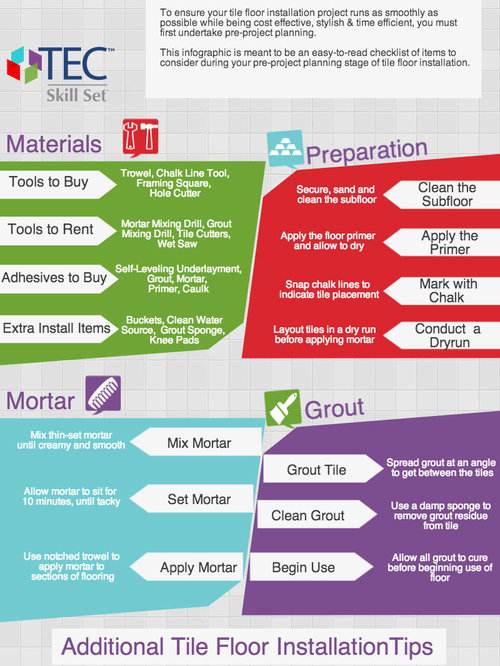When you're planning a flooring job, budgeting isn't almost selecting a number; it's about understanding what you genuinely need and the expenses entailed. You'll want to assess your specific requirements, research study numerous products, and anticipate unexpected expenditures. Consider how variables like space function and installment methods can affect your budget plan. However prior to you enter, there are some critical information you may neglect that can dramatically affect your total costs. Let's check out how to browse these intricacies and ensure your project stays on track.
Assessing Your Flooring Needs
Before diving into your floor covering job, it's essential to evaluate your flooring requires. Start by taking into consideration the particular locations where you plan to install brand-new floor covering. Think of the objective of each space. For instance, kitchens and bathrooms need waterproof materials, while living locations may take advantage of convenience and looks.
Next off, evaluate the status quo of your floors. Are there any kind of structural concerns, such as unequal surfaces or wetness issues? Addressing these issues early can conserve you time and money down the line.
Additionally, keep in mind of the dimensions of each space to figure out how much flooring you'll need.
Don't fail to remember to consider your lifestyle. If you have pet dogs or young children, sturdiness may be your top concern, while a more formal room might require a lavish coating. In addition, think about your style preferences. Do you like a timeless appearance, or are you drawn to modern-day designs?
Last but not least, be practical regarding how much maintenance you agree to commit to. Some materials need even more upkeep than others. By understanding your demands clearly, you'll be much better equipped to make informed selections as you move on with your floor covering job.
Estimating Expenses and Materials
Estimating costs and products is a critical step in your floor covering project that can dramatically influence your total budget. Beginning by gauging your room properly to establish just how much floor covering you'll need. For most materials, you'll locate prices by square foot, so gather quotes from various providers to obtain a realistic figure.
Next off, think about the kind of floor covering you want. Choices like wood, laminate, ceramic tile, or carpet all come with different rate points. Research the costs for every and factor in any kind of added materials like underlayment, glue, or transition strips.
Do not fail to remember to include devices if you're planning a do it yourself installment, as renting or acquiring tools can add to your expenditures.
Labor expenses are an additional crucial factor to consider. If you're hiring experts, obtain quotes from numerous specialists to guarantee you're getting a fair rate. Be clear concerning the extent of work to stay clear of unforeseen charges later on.
Finally, it's important to allot a small portion of your allocate any type of unexpected prices associated with materials. By completely estimating your prices and products ahead of time, you'll establish on your own up for a smoother and much more convenient floor covering job.
Planning for Hidden Costs
Lots of house owners forget the concealed expenditures that can develop throughout a floor covering task, which can cause spending plan overruns. To prevent this, you require to plan for possible additional expenses.
First, take into consideration the condition of your existing subfloor. If it's harmed or irregular, you'll likely require repair services or leveling, which can add significantly to your overall expense.
Next off, consider elimination and disposal costs for your old floor covering. Lots of professionals charge additional for this service, so variable that right into your budget plan.
Additionally, don't ignore the prices of underlayment, which may not be included in the initial quote yet are vital for a successful installment.
You ought to additionally get ready for unanticipated issues, such as plumbing or electric job if your floor covering job entails moving fixtures. It's important to allot at least 10-15% of your overall allocate these unanticipated expenses.
Lastly, bear in mind that permits might be required for certain installations. Constantly inspect neighborhood regulations to prevent fines or hold-ups.
Conclusion
In conclusion, budgeting for your floor covering task is important for an effective result. By examining your needs, approximating costs, and planning for surprise expenses, you'll prevent shocks and stay on track. Keep in mind to reserve a section of your allocate unforeseen costs and keep an in-depth malfunction of your expenditures. With careful preparation and consideration, you'll create a stunning space that fulfills your demands without breaking the bank. Satisfied click the up coming post covering!
